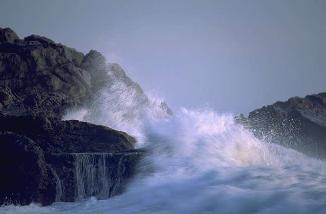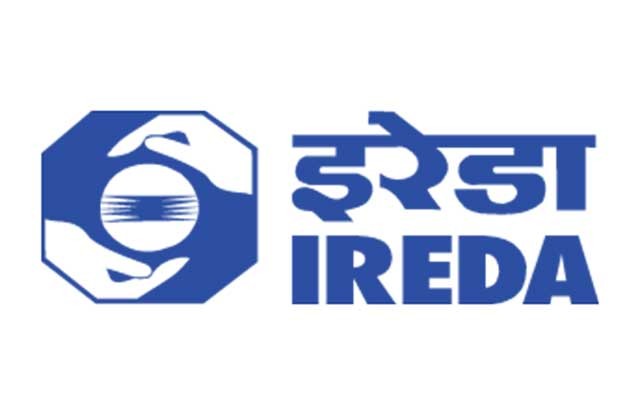New Technologies
Tidal Power

|
The interaction of the Moon and the Earth results in the oceans bulging out towards the Moon, whilst on the opposite side the gravitational effect is partly shielded by the Earth resulting in a slightly smaller interaction and the oceans on that side bulge out away from the Moon, due to centrifugal forces. The Earth's rotation is also a factor in the production of tides. The technology required to convert tidal energy into electricity is very similar to the technology used in traditional hydroelectric power plants except that water is able to flow in both directions and this must be taken into account in the development of the generators. |
The first requirement is a dam or "barrage" across a tidal bay or estuary. Building dams is an expensive process.Therefore, the best tidal sites are those where a bay has a narrow opening, thus reducing the length of dam which is required. At certain points along the dam, gates and turbines are installed. When there is an adequate difference in the elevation of the water on the different sides of the barrage, the gates are opened. This "hydrostatic head" that is created, causes water to flow through the turbines, turning an electric generator to produce electricity. Electricity can be generated by water flowing both into and out of a bay. As there are two high and two low tides each day, electrical generation from tidal power plants is characterized by periods of maximum generation every twelve hours, with no electricity generation at the six hours mark in between. Alternatively, the turbines can be used as pumps to pump extra water into the basin behind the barrage during periods of low electricity demand. This water can then be released when demand on the system is greatest, thus allowing the tidal plant to function with some of the characteristics of a "pumped storage" hydroelectric facility.
There are currently two commercial scale barrages in operation around the world: a 240 MW bulb turbine at La Rance, Brittany, France and a 16 MW plant at Annapolis Royal, Nova Scotia, Canada.
The technology required for tidal power is well developed, and the main barrier to increased use of the tides is that of construction costs. The future costs of other sources of electricity, and concern over their environmental impacts, will ultimately determine whether humankind extensively harnesses the gravitational power of the moon.
According to the study of Ministry of Non-Conventional Energy Sources, Government of India, the tides can be harnessed on commercial basis. Only the Gulf of Kutchh and Gulf of Cambay in Gujrat and the delta of Ganga on Sunderbans, West Bengal are so far known as potential sites and feasibility study is underway. Such study in the state of Maharashtra is yet to be carried out. Some useful sites from Maharashtra Jaygad basin, Vengurla Rocks in Sindhudurg District may also be referred for details as given below may also be referred for details.












